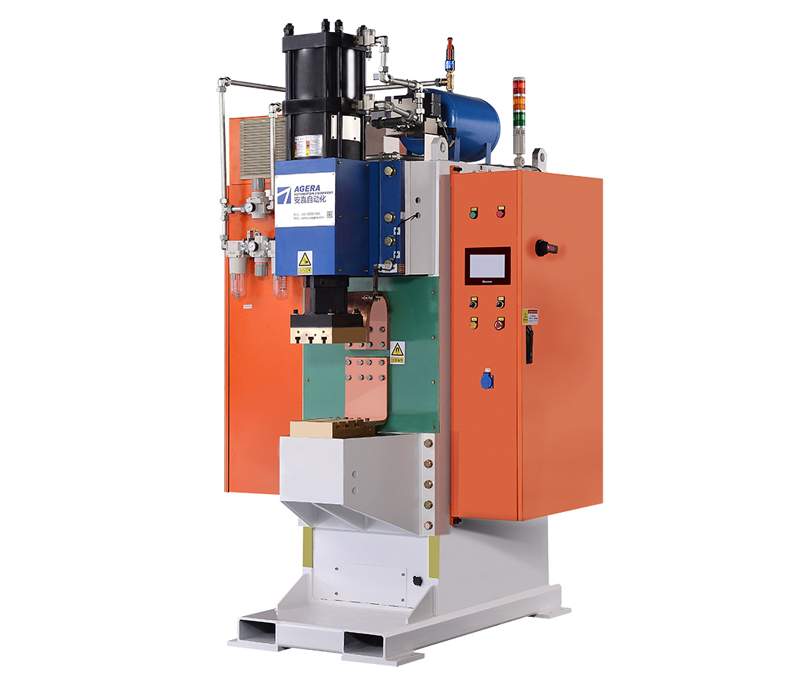Effective capacitor discharge (CD) welding requires careful preparation to ensure optimal results and operational safety. This article discusses the essential steps and considerations involved in preparing for CD welding processes.
Preparations for Capacitor Discharge Welding: What You Need to Know
Capacitor Discharge Welding Overview: Capacitor Discharge welding is a versatile and efficient method for joining metals, offering rapid energy release for creating strong and precise welds. To ensure successful welding outcomes, the following preparation steps are crucial:
- Material Selection and Preparation: Choose appropriate materials for the desired joint and ensure they are clean and free from contaminants such as rust, paint, or oils. Proper surface preparation ensures effective material fusion during the welding process.
- Equipment Inspection: Thoroughly inspect the CD welding machine and all associated equipment before use. Ensure that all components are in good condition and functioning correctly. This includes checking electrodes, cables, and power sources.
- Safety Measures: Prioritize safety by wearing appropriate personal protective equipment (PPE), such as safety glasses, welding gloves, and flame-resistant clothing. Make sure the work area is well-ventilated and free from flammable materials.
- Electrode Selection and Maintenance: Choose the appropriate electrodes based on the materials being welded and the desired joint strength. Ensure that electrodes are clean, sharp, and properly aligned to achieve consistent and reliable welds.
- Power Settings and Welding Parameters: Adjust the power settings and welding parameters according to the materials, joint design, and weld specifications. Consult the equipment manual and welding guidelines for recommended settings.
- Workpiece Fixturing and Alignment: Properly fixture and align the workpieces to achieve accurate and consistent welds. Precise alignment ensures that the energy release is concentrated at the intended joint area.
- Electrode Positioning: Position the electrodes accurately over the joint area, maintaining proper contact with the workpieces. Secure electrode holders or clamps to prevent movement during the welding process.
- Test Welds and Adjustments: Conduct test welds on scrap material to validate the chosen parameters and settings. Make necessary adjustments based on the test weld results to achieve the desired weld quality.
Effective capacitor discharge welding requires thorough preparation to ensure safety and produce high-quality welds. By following the outlined steps, operators can establish a solid foundation for successful CD welding processes. Adequate preparation contributes to consistent and reliable welds, reduced downtime, and improved overall productivity.
Post time: Aug-11-2023



